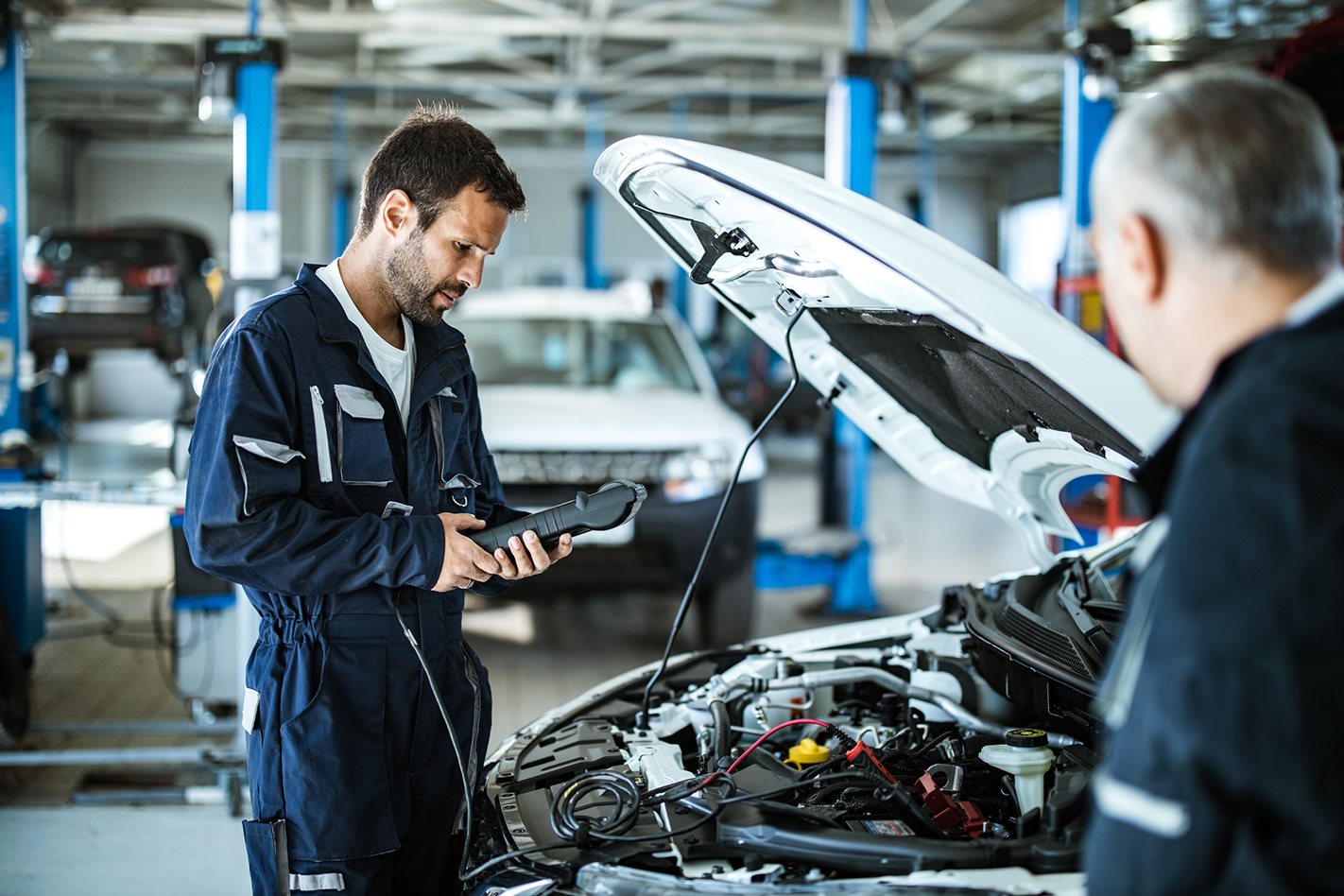
You might have wondered what intervals you should get your car serviced, or you don’t even bother, because you follow your gut feeling or you wait until something goes wrong before you get your vehicle checked. Whichever category you belong to, this article will be of great help to you.
Checking your vehicle requires the trained eye of a professional for a complete inspection. You might end up needing to change auto parts you never considered important. Jegs High Performance reviews give you all the information you need to know about auto parts, and car companies’ reviews provide information on car services.
Regular maintenance might seem expensive but in the long run, it’ll help you avoid costly repairs due to poor maintenance or negligence.
So, how often should you get your vehicles checked?
Inspection Every Month
Once a month, check your oil levels. If the oil, coolant and antifreeze levels are low, fill them up. Make sure to also check for any potential leakages by carefully scanning for drips, slowly backing up from where your vehicle is parked. Your belts should be examined too. If they look frayed, then, they are no longer usable and need to be replaced. Check your tire pressure too; confirm the recommended pressure on the sticker on the door. If there’s no sticker, you’ll most likely find the specifications in the owner’s manual. The normal pressure range for most cars is 32-35psi. Overinflation will cause excess bounces, especially at high speeds. Underinflation leads to increased friction, which causes early wear. The tires should also be inspected for damages or uneven wear. Lastly, do a quick examination on your air filter. The usual way to examine it is by holding it up to the light. If you can’t see the light through it, you should replace it.
CHECK oil levels, cooler and anti-freezants, leakages, belts, tire pressure, air filter.
Inspection Every 3 Months
Usually, the oil and oil filter should be changed every 3,000 miles (on average, close to 3 months). Check your windshield washer fluid, power steering fluid, and transmission fluid levels. If the levels are low, add extra. The battery terminals and cables should also be examined. Clean them if you spot any corrosion. Lastly, check all your lights(including turn signals) to ensure that they are functional. You can ask a friend to step on the brake pedal with the headlights on to confirm that the brake lights are working. If only one brake light is functioning, repair it immediately to avoid vehicle hazards.
CHECK oil and oil filter, windshield water fluid, power steering fluid, transmission fluid, battery terminals and cables, lights.
Inspection Every 6 Months
To prevent long-term damage to your vehicle, semi-annual checks are extremely important. Examine your wiper blades and replace them if they seem worn out, sticky or brittle. Test your horn and make sure it functions well. To do that, press the horn button, it should immediately make noise and be loud enough to be heard by other drivers, with the windows rolled up. A typical vehicle’s sound level is approximately 100-110 decibels. You should also confirm that your spare tire is fully inflated. Check your exhaust system for damage or loose parts and fix immediately if present. Finally, inspect your shock absorbers for seepage and leaks.
CHECK wiper blades, horn, spare tire, exhaust system, shock absorbers.
Bottom-Line
Getting your vehicle checked monthly, quarterly and semi-annually will ensure that it is in the best shape possible. It would also prevent unanticipated major issues from slipping up on you.